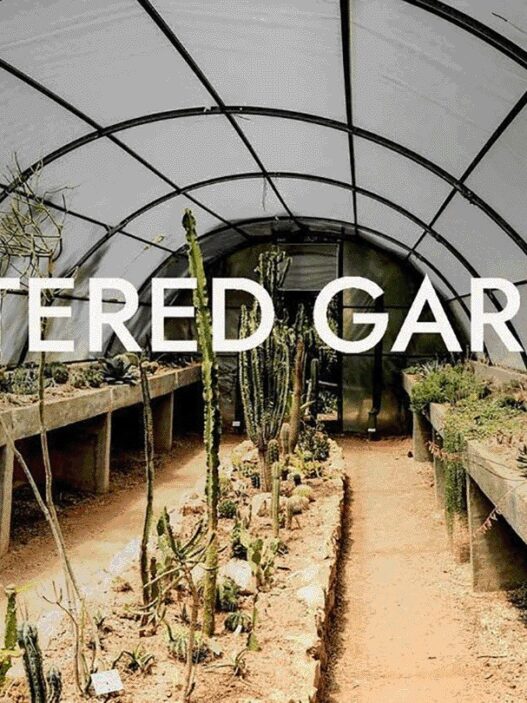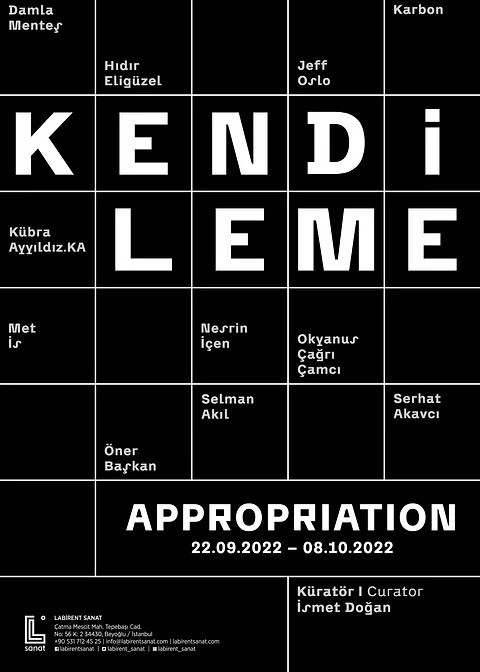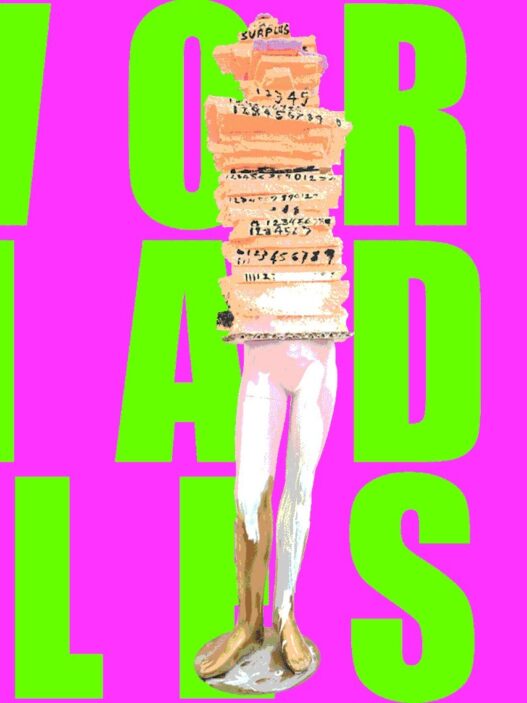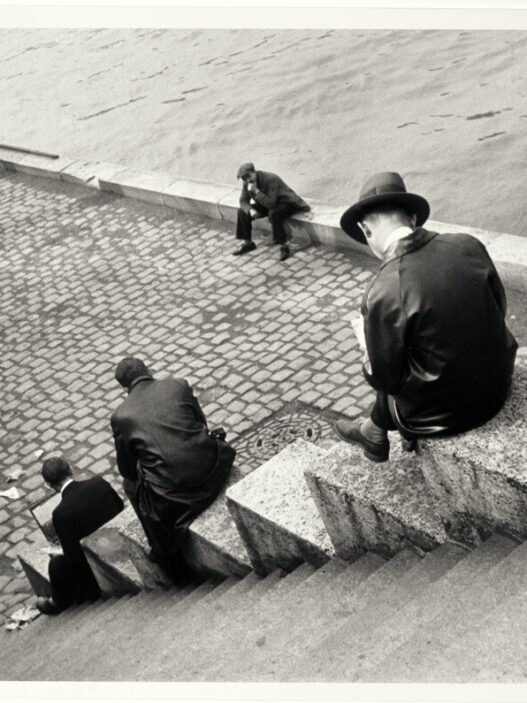September 22, 2022–February 26, 2023
Open house: September 21, 10am–9pm
“The animal returns like a meal that cannot be digested, a dream that cannot be forgotten, an other that cannot be sublated.” Akira Mizuta Lippit, 2000
Nearly 500 pieces in the Mumok collection in some way or another include animals. Paintings include Mr. Bear trampling across them, while drawings have a Cat, Aroused baring himself, sculptures feature Le Griffu menacingly extending its claws, and photographs show images from zoo gardens and slaughterhouses. The artwork includes a gigantic blue spider, depictions of the Batmobile and Bambi, a stele covered in snakeskin, a replica of an ancient skeleton, and a container with pigeon droppings. In Vienna Actionism, children sing “Happy Birthday” while slain lambs are wielded and Gina Pane lets maggots crawl on her face. Five percent of the collection is made up of works featuring animals like these and many more, a sizeable fraction that begs the issue of what kind of zoo the museum actually is. Under the pretext of preserving “freedom” (of art) and “wilderness” (of the animal kingdom), what is kept, investigated, shown, and transmitted in each of these locations? And for whose benefit? And what makes animal skins so alluring as a sexual and fashion fetish?
Since bodies might be moving or inert, reclining or standing, crouching or crawling, the exhibition is less about animals in general than it is about human bodies. It is amazing how frequently bones, skins, hides, and feathers appear in the visual arts of the past century, serving as a beginning point for coming to a materialist understanding of art and life rather than in a metaphorical sense. The Animal Within sees itself as a model project at the same time. It doesn’t matter who the most well-known animal artists are or what the “greatest” animal artwork looks like. In actuality, the outcomes of this exhibition would be the same in any institution with a comparable collection. In the Western world, “taming and framing” is what we do to mark our territory and establish our subjectivities in both life and art.
According to this perspective, the museum is both a trap and a form of zoo, and what “captivates” us there also keeps us imprisoned in liberal humanist dreams of freedom and autonomy.
Artists: Hildegard Absalon, Friedrich Achleitner, Hans Arp, Christian Ludwig Attersee, Josef Bachler, Georg Baselitz, Lothar Baumgarten, Herbert Bayer, André Beaudin, Renate Bertlmann, Joseph Beuys, Linda Bilda, Günter Brus, Werner Büttner, Cagnaccio di San Pietro, Helen Chadwick, Linda Christanell, Clegg & Guttmann, Bruce Conner, Frank João da Costa, Wessel Couzijn, Walter Dahn, Friedl Dicker, Erik Dietman, Anton Dobay, Stefan Eins, Elisabeth Ernst, VALIE EXPORT, Öyvind Fahlström, Alois Fischbach, Johann Fischer, Heinz Frank, Gloria Friedmann, Adam Fuss, Valeriy Gerlovin, Rimma Gerlovina, Jochen Gerz, Bruno Gironcoli, Johann Gittenberger, Franz Graf, Nancy Graves, Al Hansen, Johann Hauser, Karel Havliček, Jann Haworth, Candida Höfer, Ull Hohn, Jörg Immendorff, Johannes Itten, Robert Jacobsen, Ben Jakober, Anna Jermolaewa, Isolde Maria Joham, Ray Johnson, Joe Jones, Birgit Jürgenssen, Béla Kádár, Richard Kalina, Franz Kamlander, Gudrun Kampl, Gülsün Karamustafa, Mike Kelley, Franz Kernbeis, Erika Giovanna Klien, Alfred Klinkan, Dominique Knowles, Kiki Kogelnik, Peter Kogler, Fritz Koller, Broncia Koller-Pinell, Brigitte Kowanz, Kurt Kren, Tetsumi Kudo, Wifredo Lam, Maria Lassnig, Madame d’Ora, Dušan Makavejev, André Masson, Paul McCarthy, Missing Link (Angela Hareiter, Otto Kapfinger, Adolf Krischanitz), Alois Mosbacher, Michaela Moscouw, Koloman Moser, Otto Muehl, László Mulasics, Ulrike Müller, Bruce Nauman, Elly Niebuhr, Hermann Nitsch, Oswald Oberhuber, Julian Opie, Fritz Opitz, Frida Orupabo, Nam June Paik, Margit Palme, Gina Pane, Pino Pascali, A.R. Penck, Phillippe Perrin, Marcel Pouget, Herman Prigann, Otto Prinz, Eileen Quinlan, Mel Ramos, Stephan Reusse, Germaine Richier, Erika Rössing, Dieter Roth, Susan Rothenberg, Gerhard Rühm, Erica Rutherford, Branko Ružić, Niki de Saint Phalle, Lucas Samaras, Chéri Samba, Rudolf Schlichter, Kurt Schlögl, Carolee Schneemann, Philipp Schöpke, Bernard Schultze, Franz Sedlacek, Zbynĕk Sekal, Bonnie Ora Sherk, Franz Singer, Christian Skrein, Berty Skuber, Ned Smyth, Anne Speier, Margherita Spiluttini, Daniel Spoerri, Curt Stenvert, Leopold Stolba, Kamen Stoyanov, Ingeborg Strobl, Kurt Talos, Josef Till, Ursula, Maja Vukoje, Max Weiler, Lois Weinberger, Susanne Wenger, Wiener Gruppe (Friedrich Achleitner, Konrad Bayer, Gerhard Rühm, Oswald Wiener), Siegfried Zaworka, Erich Zittra, Heimo Zobernig
Curated by Manuela Ammer and Ulrike Müller
mumok—Museum moderner Kunst Stiftung Ludwig Wien
Museumsplatz 1
1070 Vienna
Austria
Hours: Tuesday–Sunday 10am–6pm
[email protected]


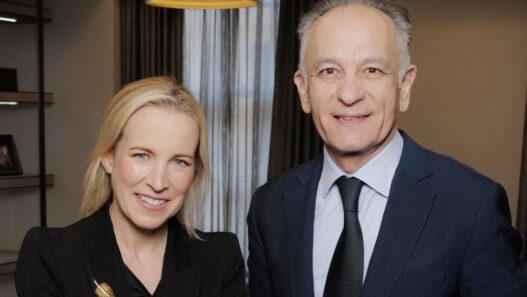



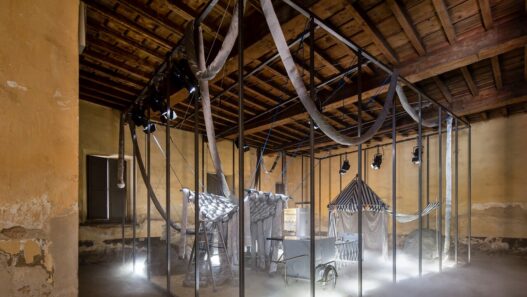


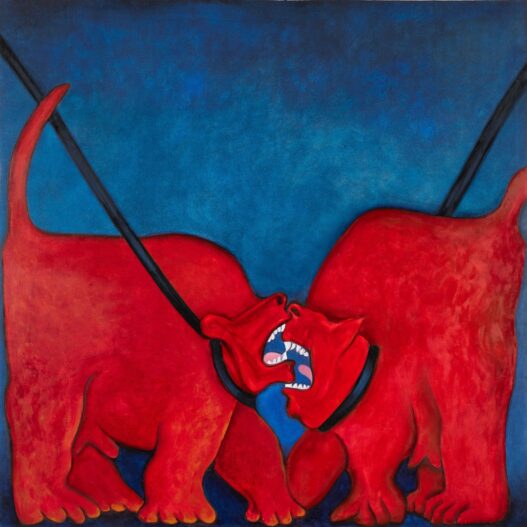



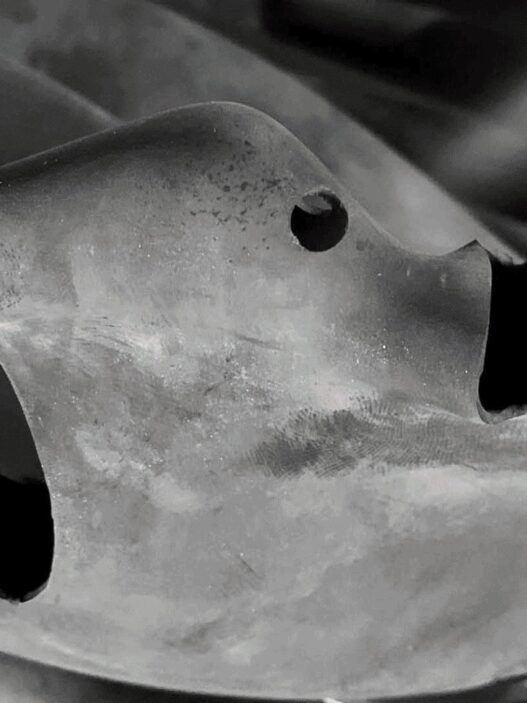

![[1] Karen Lamassonne, Ruido (Noise), 1984. Courtesy of the artist. [2] Giovanni Battista Cima da Conegliano (attributed to), God the Father, c. 1510–1517. The Courtauld, London. Bequeathed by Arthur Hamilton, Viscount Lee of Fareham, 1947.](https://dailyart.news/wp-content/uploads/2022/09/karen_gina-527x569.jpg)
![Aline Motta, Pontes sobre Abismos#6 [Bridges over the abyss #6], 2017. Digital photograph, dimensions variable. Courtesy of the artist.](https://dailyart.news/wp-content/uploads/2022/09/aline_motta-527x703.jpg)
